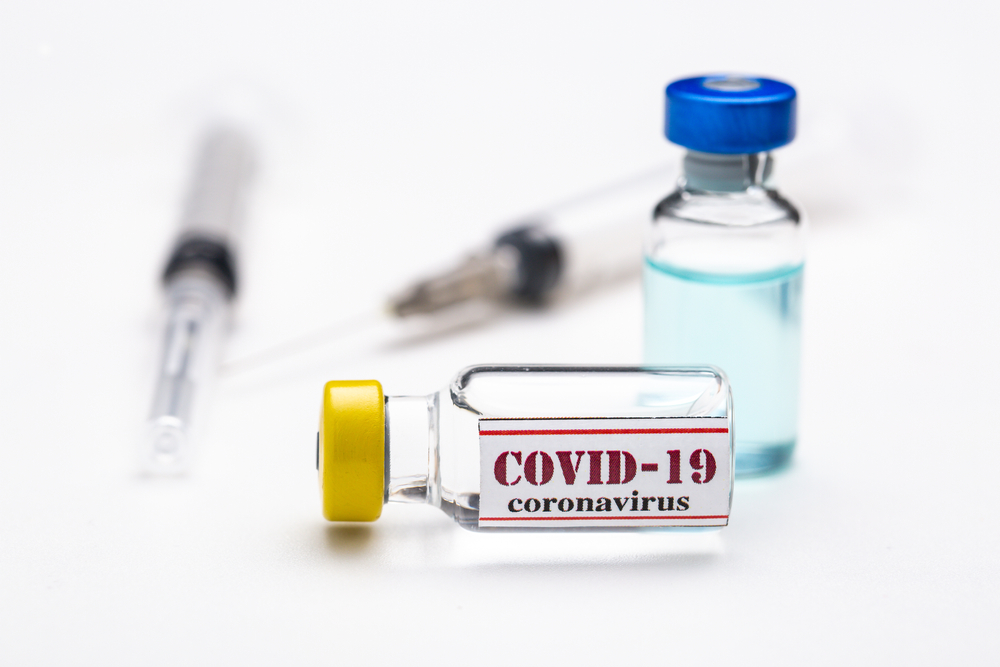How Small Practices are Addressing Patients’ COVID-19 Vaccine Concerns

Dr. Tyler Green, a Huntsville, Alabama-based physician, runs a primary care practice that serves thousands of local residents. And while COVID-19 vaccine shipments are only beginning to make it to the area’s smaller private practices, that doesn’t mean he isn’t already fielding questions and concerns from patients.
“Almost all patients have one of three questions about the vaccine. The first is ‘What do you think about it?’, the second is ‘Are you going to take it?’ and the third is ‘Can you put me on the list to get it?'” he says.
“But there’s a lot of ‘What do you think about it?’ Those are the ones who aren’t sure they want to get it, and they want to know if I’m ‘on their side’ or not.”
From a logistical standpoint, most healthy patients still have time to ponder their options. According to CDC guidelines, distribution should be prioritized to those in Phase 1a, consisting of healthcare workers and residents of long-term care facilities. As vaccines become more available, frontline workers in Phase 1b - such as firefighters, police officers and teachers - would receive the vaccine. Those in Phase 1c, consisting of senior citizens aged 65-74 and adults with underlying medical conditions, would be next in line. So far, most states are following these recommendations, even if some of the phases overlap.
Dr. Green says he is in a uniquely qualified position that allows him to quell patient concerns by discussing his own experience having received the vaccine.
“When I talk to patients about it, I start off by sharing how I’ve gotten the COVID vaccine and how I felt afterwards. I felt sleepy, and my right arm was sore for about 24 hours, but I was fine. What a small price to pay! Because the pandemic is usually the first topic acknowledged at the beginning of every conversation, often with the exchange of a few cliches about quarantine which often becomes wasted time, I find that mentioning my vaccinated status somehow at the very beginning of the encounter is an effective way to get right to the point and initiate a brief discussion on the topic.”
Instead of relying on mass communication, like emails or flyers, it’s face-to-face visits that tend to make others more at ease. Typically, those who are seeking his insight are long-time patients who already have a sense of trust and rapport with him. He says it’s important to take that seriously and understand that the questions are often emotional responses to mass confusion.
“It matters what the people you trust know. There’s also inherent uncertainty, because it’s the first vaccination that uses this technology. It’s also the first that’s been developed this quickly, and it’s the first vaccination that’s been rolled out this aggressively,” he says.
Lauded as groundbreaking, the mRNA vaccine differs from most vaccines in that it does not use a weakened version of the pathogen to activate an immune response that subsequently builds antibodies.
“Instead of giving your body an example of what it should be ready for, it gives your body the instructions for how to make its own example of what to be ready for.”
While Dr. Green acknowledges that this new method coupled with the unprecedented pace of approval may give patients pause, he also states that there are no plausible biological reasons why potential downsides would outweigh the benefits for the overwhelming majority of the population.
But effectively communicating information to patients is only one hurdle that small primary care practices are facing. They must also contend with the effect of future vaccine administration on their operational costs. For one thing, small practices typically don’t have the storage space to hold a large number of vaccines, and ensuring the first doses are administered in time to receive the second dose can be tricky. In addition, access to the deep freezers that the vaccine requires, particularly the Pfizer dose, further complicates logistics. Add to that the increased liability that providers take on for administering, and it’s no wonder practices are scrambling to prepare for their new responsibilities in the near future.
“[The staff] are already overworked and overburdened. Even larger health systems have to divert resources, and that’s an opportunity cost for them. So unfortunately, there are private practices that may not want to take that on. It’s important to keep our eye on the goal, which is to improve the health of our patients”
But while small practices can be forgiven for their reluctance to take on the added risk, it hasn’t stopped many of them from applying to their state registry once supply is available. Public health agencies, like those in Alabama, are also starting to provide ancillary supplies, such as syringes and gloves, and while that will amount to minimal cost-savings, every little bit helps. For physicians like Dr. Green, the new workload may be a pain, but the alternative is worse.